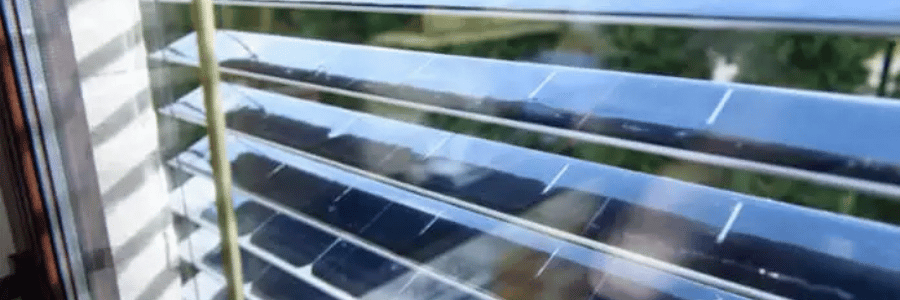Windows are more than just openings in the walls that let in light and fresh air—they have the potential to play a key role in shaping the future of energy-efficient and sustainable homes. As technology continues to evolve, innovations in window design are moving beyond traditional glass panes to incorporate cutting-edge solutions that can generate power. One of the most exciting advancements in this space is solar-powered windows, a new frontier in green building technology.
Imagine windows that not only brighten your home but also generate electricity from the sun’s rays, helping to power your appliances, charge your devices, or even contribute energy back to the grid. With solar-powered windows, this vision is becoming a reality. In this blog post, we’ll explore how solar-powered windows work, the benefits they offer, and how they could revolutionize the way we think about energy in our homes.
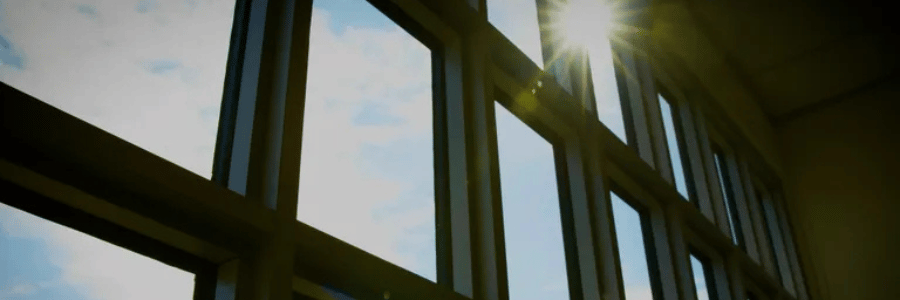
What Are Solar-Powered Windows?
Solar-powered windows, also known as photovoltaic windows, are windows that have integrated solar cells embedded in the glass to harness solar energy and convert it into electricity. These windows can serve the same functions as traditional windows—providing natural light, ventilation, and views—while also acting as a source of renewable energy for your home or building.
There are two main types of solar-powered windows currently being developed:
- Transparent Solar Cells: These solar cells are designed to be clear or semi-transparent, allowing them to be used as windows without compromising visibility. The cells are integrated into the glass itself, capturing sunlight through a special coating or film.
- Solar Thermal Windows: These windows work by using heat from the sun to generate energy. While not fully transparent, these windows absorb solar radiation, which is then converted into usable energy through a heat exchange system.
Both types of solar-powered windows can help reduce a building’s energy consumption by generating electricity on-site, reducing reliance on external energy sources, and contributing to a more sustainable future.
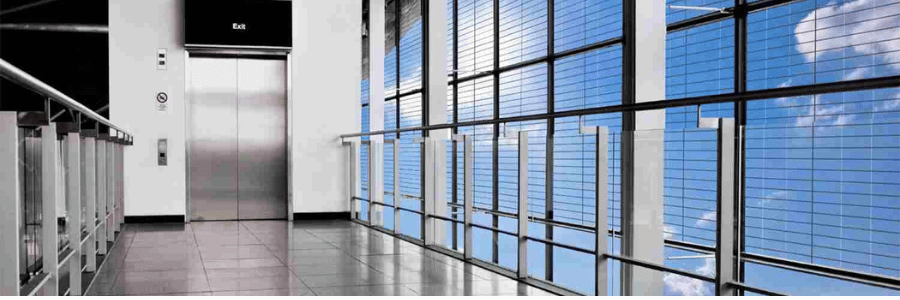
How Do Solar-Powered Windows Work?
The technology behind solar-powered windows is based on the same principles as traditional solar panels, but it has been adapted to integrate seamlessly into building materials. Here’s a breakdown of how they function:
- Solar Absorption: Solar cells embedded in the window absorb sunlight, just like traditional solar panels. The cells are made of semiconductor materials (typically silicon) that can convert sunlight into electricity.
- Energy Conversion: As sunlight hits the solar cells, it excites electrons in the material, creating an electric current. This current is then converted from direct current (DC) into alternating current (AC) through an inverter. This allows the electricity to be used to power appliances, lights, or other electrical systems in the building.
- Energy Storage: In some systems, excess electricity generated by the windows can be stored in batteries for later use or sent to the electrical grid, allowing homeowners to receive credits for surplus energy, similar to how traditional solar panel systems work.
Benefits of Solar-Powered Windows
The potential of solar-powered windows is vast, offering numerous benefits for homeowners, building owners, and the environment:
1. Energy Efficiency and Cost Savings
Solar-powered windows provide a dual purpose: they allow natural light into your home while also generating clean, renewable energy. Over time, this can significantly reduce your reliance on grid electricity, leading to lower energy bills. The more solar energy your windows generate, the less you’ll need to purchase from your utility company. In some cases, you may even be able to sell excess energy back to the grid, further reducing your costs.
2. Sustainability and Environmental Impact
One of the most compelling reasons to invest in solar-powered windows is their potential to reduce your carbon footprint. Solar energy is a clean, renewable resource that doesn’t produce harmful emissions. By incorporating solar-powered windows into your building, you’re contributing to a reduction in the overall demand for fossil fuels and helping to combat climate change.
3. Aesthetic and Architectural Flexibility
Unlike traditional solar panels, which can often be bulky and unsightly, solar-powered windows are seamlessly integrated into the building’s design. They can be installed on a building’s façade or as part of the roof, offering an elegant, modern alternative to traditional energy generation methods. Because they function as both windows and energy collectors, they don’t take up additional space, making them ideal for urban settings where space is limited.
4. Increased Property Value
As sustainability and energy efficiency become increasingly important to homebuyers, homes equipped with solar-powered windows may have a higher resale value. The long-term energy savings, combined with the appeal of a sustainable home, make these windows an attractive feature for environmentally conscious buyers.
5. Innovative Smart Features
Some solar-powered windows are being developed with integrated smart technology that allows homeowners to monitor and control energy production through apps or home automation systems. These smart windows can adjust their tint or opacity depending on the amount of sunlight, providing passive cooling in the summer and reducing heating costs in the winter. This adds an extra layer of convenience and efficiency to the technology.
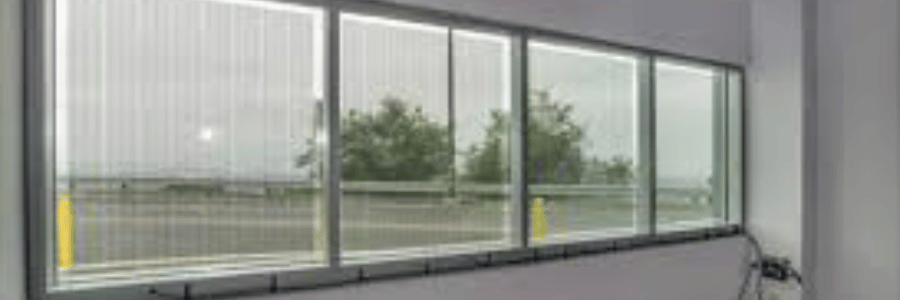
Challenges and Limitations of Solar-Powered Windows
While solar-powered windows are a promising technology, there are still some challenges to overcome before they become a mainstream solution:
- Efficiency: Current solar-powered windows are not as efficient as traditional solar panels in terms of energy conversion. Transparent solar cells, in particular, tend to generate less electricity because they must allow light to pass through, reducing the surface area that can absorb solar energy. However, as technology advances, the efficiency of these systems is expected to improve.
- Cost: Solar-powered windows are still relatively expensive compared to traditional windows or standard solar panels. The integration of solar technology into the glass itself adds to the production cost. However, with advancements in manufacturing and increased demand for green building solutions, the price of solar windows is likely to decrease over time.
- Durability: As with all new technologies, the long-term durability and performance of solar-powered windows will need to be tested. Over time, the ability of solar cells to continue generating power may diminish, particularly in harsh weather conditions. Research is ongoing to ensure that these windows are as durable and reliable as traditional windows.

The Future of Solar-Powered Windows
Despite the challenges, the future of solar-powered windows is bright. With continued research and innovation, it’s likely that we’ll see significant improvements in their efficiency, cost-effectiveness, and widespread adoption. Major tech companies and startups alike are investing heavily in this area, and we are already beginning to see real-world applications in both residential and commercial buildings.
As cities become more energy-conscious and push toward greener, more sustainable infrastructure, solar-powered windows could become a standard feature in new buildings. Whether in skyscrapers, homes, or public buildings, solar-powered windows could transform our cities into energy-generating environments.
In the not-too-distant future, windows may not just let the light in—they may be actively powering the lights in your home, contributing to a cleaner, greener world.
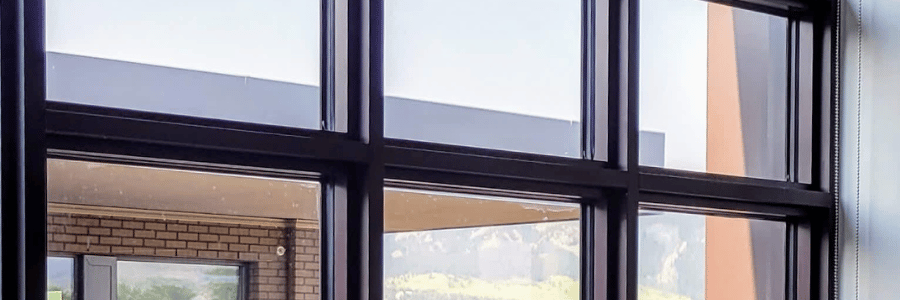
Conclusion
Solar-powered windows represent the intersection of cutting-edge technology, sustainability, and modern architecture. With their ability to generate electricity while providing the same functions as traditional windows, they are poised to play a major role in the future of energy-efficient buildings. As the technology improves and costs come down, solar windows could become a key feature in creating more sustainable homes and cities. For homeowners and builders alike, embracing solar-powered windows is not just about reducing energy costs—it’s about investing in the future of our planet.

